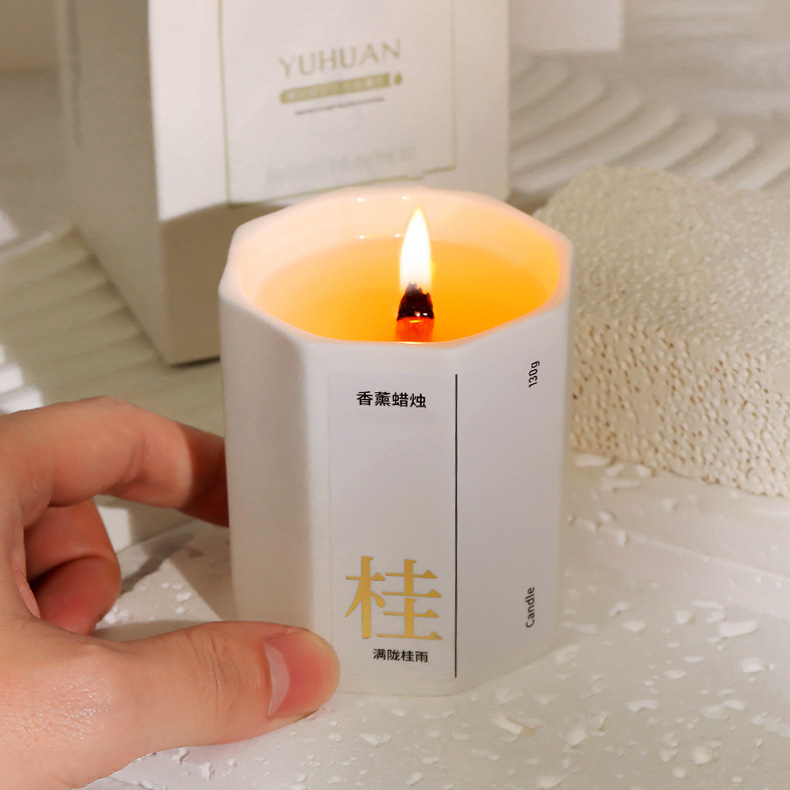Oriental Culture and Creativity Inspired Fragrance Journey | ScentSerenade
The Perfumed Science: Toenailing Crucial Oil Doses in Homemade Soap
(Essential Oil Concentration for Soap Making: Getting It Right)
Making soap in your home seems like magic. You blend oils, lye, and water, after that watch it transform into something functional. However the real trick? Obtaining the scent perfect. Vital oils make soap scent remarkable, however excessive or too little ruins the batch. Allow’s damage down just how to strike that sweet place.
First, why does focus matter? Vital oils are solid. A couple of decreases can load a room with scent. In soap, they require to stabilize with various other components. Use inadequate, and the fragrance vanishes after a week. Use way too much, and the soap could irritate skin or different during healing. Worse, some oils increase trace– the point when soap batter thickens– leaving you with a bumpy mess.
So how much is enough? Most recipes suggest 3% to 5% important oil per pound of soap. This variety keeps things safe and efficient. For example, if your soap batch evaluates 16 ounces, you would certainly use 0.48 to 0.8 ounces of oil. A kitchen scale aids below. Eyeballing doesn’t function. Also a tiny additional pour can push the mix right into risky territory.
But not all oils act the very same. Citrus oils like lemon or orange fade much faster. You may need to bump their quantity a little. Spicy oils like cinnamon or clove are harsh on skin. Adhere to the reduced end of the range. Floral oils like lavender or chamomile are middle-of-the-road. They hold their scent well and play nice with a lot of skin kinds.
What about blends? Blending oils is enjoyable, but it complicates things. Claim you combine pepper mint and eucalyptus. Both are solid. If you utilize 2% of each, the total hits 4%– still safe. However if you include five oils at 1% each, you go to 5%. That’s the ceiling. Track every oil. Compose it down. One miscalculation, and the soap comes to be a scratchy, over-scented block.
Temperature level issues too. Including oils when the soap batter is too warm makes the scent evaporate. Wait up until the mix cools down to 100– 120 ° F. Stir delicately yet extensively. Unequal mixing creates pockets of extreme fragrance. Nobody wants a soap that scents like a fragrance explosion one day and absolutely nothing the following.
Checking is key. Make tiny batches initially. Put a trial soap with your chosen oil quantity. Allow it treat for four weeks. Sniff it regular. If the scent holds, you’ve accomplished. Otherwise, change the next batch. Share testers with good friends. Red skin or issues concerning frustrations mean you overdid it.
Remember, skin-safe does not indicate fail-safe. Even moderate oils trigger reactions in some people. Always identify your soap with the oils used. A straightforward “lavender and tea tree” tag aids individuals prevent allergens.
Last but not least, think of the soap’s objective. A loosening up going to bed bar gain from relaxing oils like chamomile or bergamot. An early morning shower bar might utilize invigorating peppermint or rosemary. Match the scent toughness to the goal. A mild fragrance for leisure, a stronger one for awakening.
Storage space affects scent longevity too. Maintain finished soap in a great, dark place. Wrap it in wax paper or stash it in a closed box. Humidity and light damage down vital oils much faster.
(Essential Oil Concentration for Soap Making: Getting It Right)
Do not forget, exercise makes progress. Your initial batch could be weak. Your fifth might be also solid. Over time, you’ll establish a feel for exactly how oils communicate with your recipe. Write notes whenever. Change. Experiment. Soon, you’ll craft bars that scent incredible, really feel luxurious, and maintain individuals returning for even more.



